Opinions divided on how to tackle spike in fatal croc attacks
The partner of a yachtie eaten by a crocodile says something needs to be done after the latest Far North fatal croc attack. But a Daintree River croc guide insists culling is not the answer.
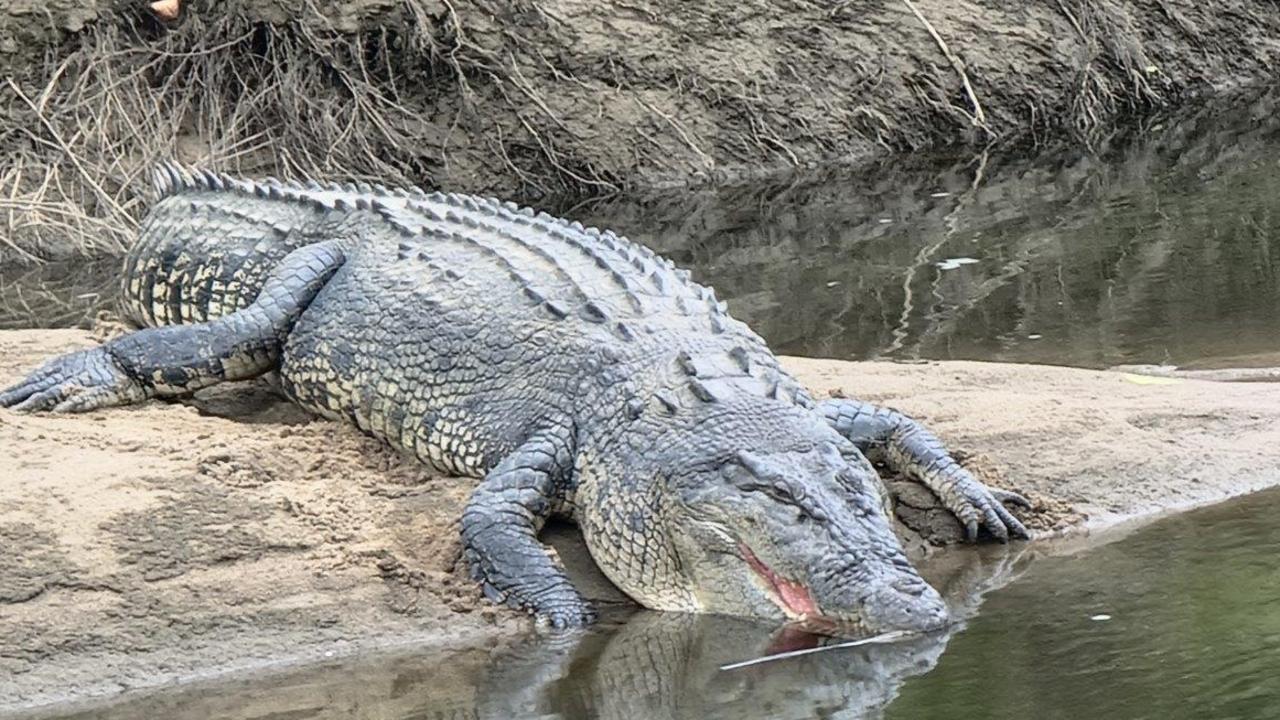
Cairns
Don't miss out on the headlines from Cairns. Followed categories will be added to My News.
In reaction to the latest Far North fatal croc attack in the Torres Strait the partner of a yachtie eaten by a crocodile in 2022 says something needs to be done.
But a crocodile guide has urged the Queensland government not to follow the Northern Territory in its push for culling.
Andy Heard was eaten by a large crocodile off Hinchinbrook Island in 2021.
His partner Erica Lang says “clearly something needs to be done” after Edward Warusam was taken by a crocodile in shallow water off Saibai Island, 4km from the Papua New Guinea mainland.
“But until something happens in Brisbane nothing will change in the north,” Ms Lang said.
“Taking the eggs away, it would probably reduce some but you are still looking at an awful lot of crocs.
“Things are just getting out of control, you could go and kill them all but the greenies are not going to be happy with that.”
Following a recent attack within the Kakadu National Park, the Northern Territory government last week announced the culling of up to 1200 hatchling, juvenile or adult crocodiles annually.
Under that plan, it is intended the full quota of 90,000 eggs be harvested and there is no limit to the removal of problem crocodiles.
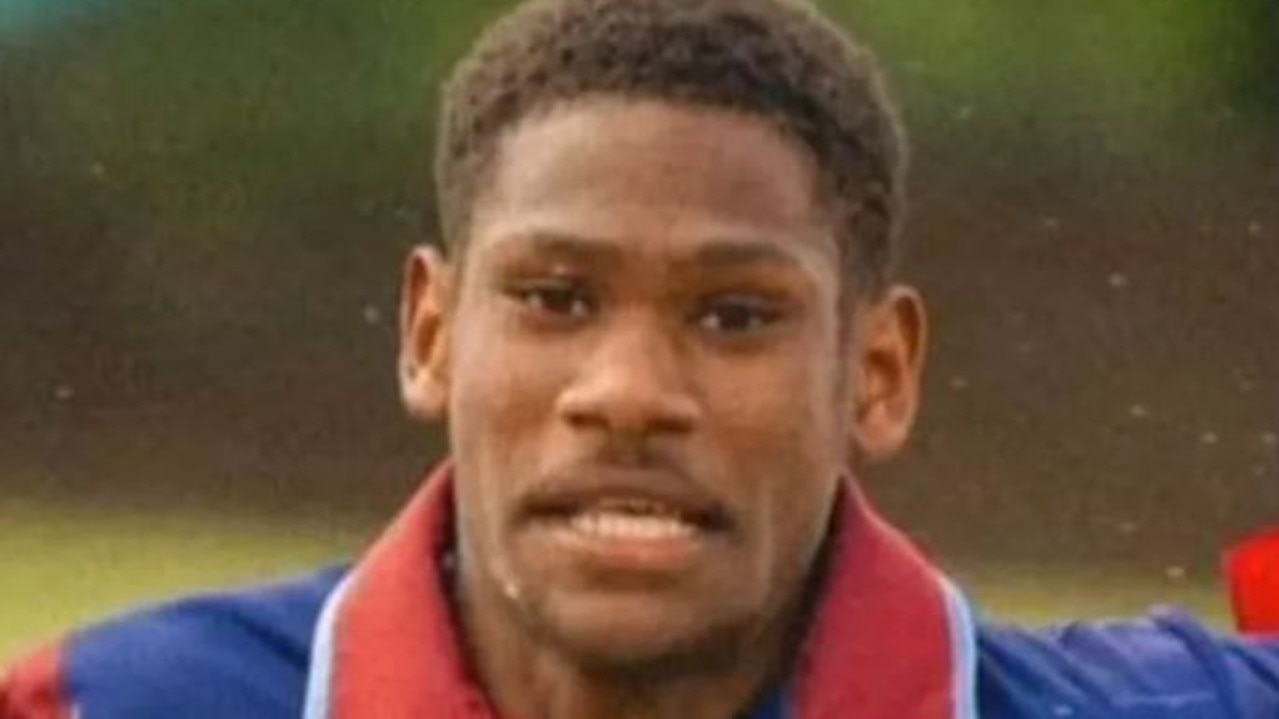
But Daintree River croc guide David White questioned whether the move would make waterways safer.
“It’s pandering to the hysteria, Queensland will want to follow the NT, but it doesn’t make any difference to public safety,” he said.
“All the scientists agree reducing the numbers does not work, it does not make any difference, but it’s to ease public opinion.”
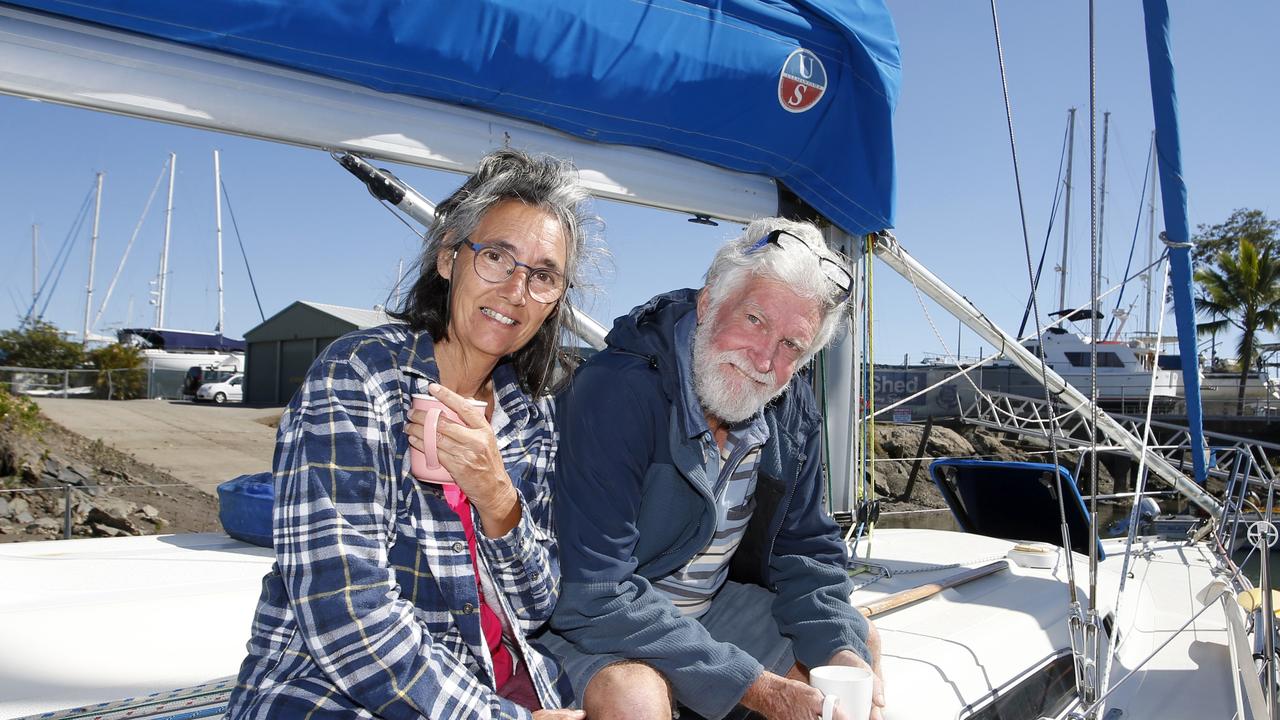
Returning from the delivery of a keynote address at the International Union for Conservation of Nature’s Crocodile Specialist Group in Darwin, Mr White said trophy hunting to provide an income source for traditional owners was also under consideration in the NT.
Since 2018 the Queensland croc population has been increasing slowly at a rate of 2.2 per cent, but Mr White said there was a perception numbers were increasing at a much faster rate.
“Everyone thinks they are increasing, but they are coming back to a plateau and when people think they are out of control it’s because they were hunted so heavily in the 70s,” Mr White said.
“We have to get used to where they are now.”
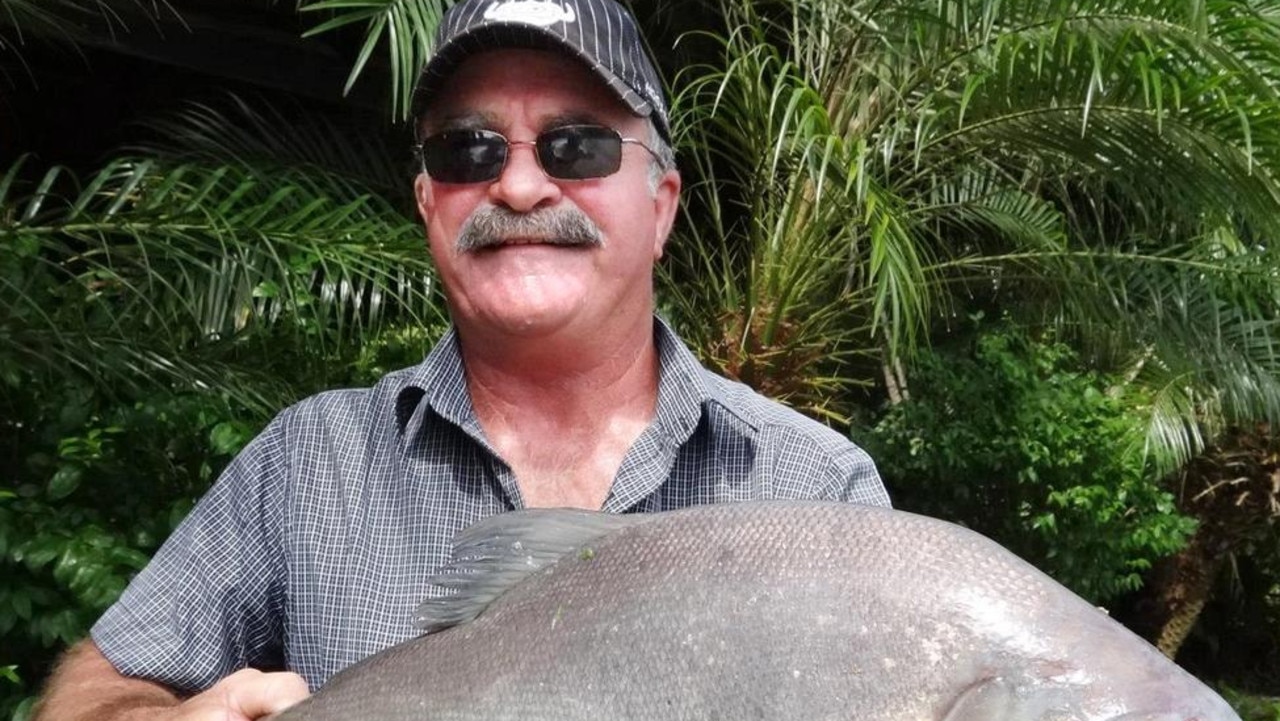
According to Queensland government data there have been three fatal crocodile attacks since 2021.
During the preceding 34 years to 1985 there was 11 fatal attacks, all of which occurred within Far North Queensland between the Gulf of Carpentaria and the Cassowary Coast.
Those killed since 2021 include yachtie Andy Heard, Laura publican Kevin Darmody in 2023 and the “curious and kind-hearted” footballer from Saibai Island in April.
Since 1975, there have been 58 recorded estuarine crocodile attacks on humans in Queensland, 19 of which have been fatal.
QUEENSLAND POSITION ON CROC CULL
The state government has ruled out any plan to cull or allow trophy hunting of Queensland crocodiles.
With a much larger saltwater crocodile population, the NT has long been considered at the forefront of croc management and there has been suggestion Queensland
could follow the NT’s recent move to cull up to 1200 animals per year.
However in 2021 an expert committee found the Queensland Crocodile Management Plan was fit for purpose and highly effective in reducing the attack risk for ocean and waterway users while conserving wild croc populations.
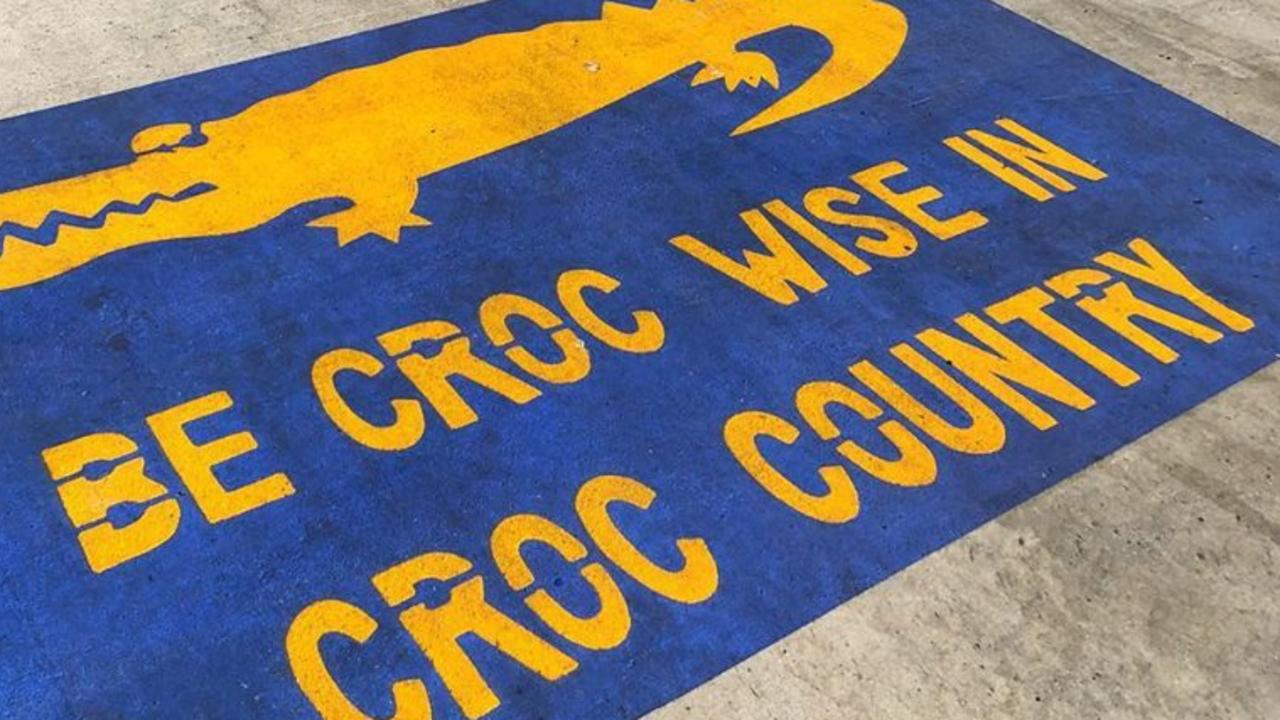
“It also advised that widespread culling is not a practical approach to reducing the risk of crocodile attacks,” a department spokesman said.
“The Queensland Government has no plans to cull crocodiles or allow trophy hunting.”
Next Wednesday the annual crocodile roundtable will meet in Cairns, during which a new draft management plan in its final stages of development is expected to be discussed.
The development of detect and deter multi-beam sonar technology, to be tested in the field at Cape York this dry season, will be of interest to delegates.
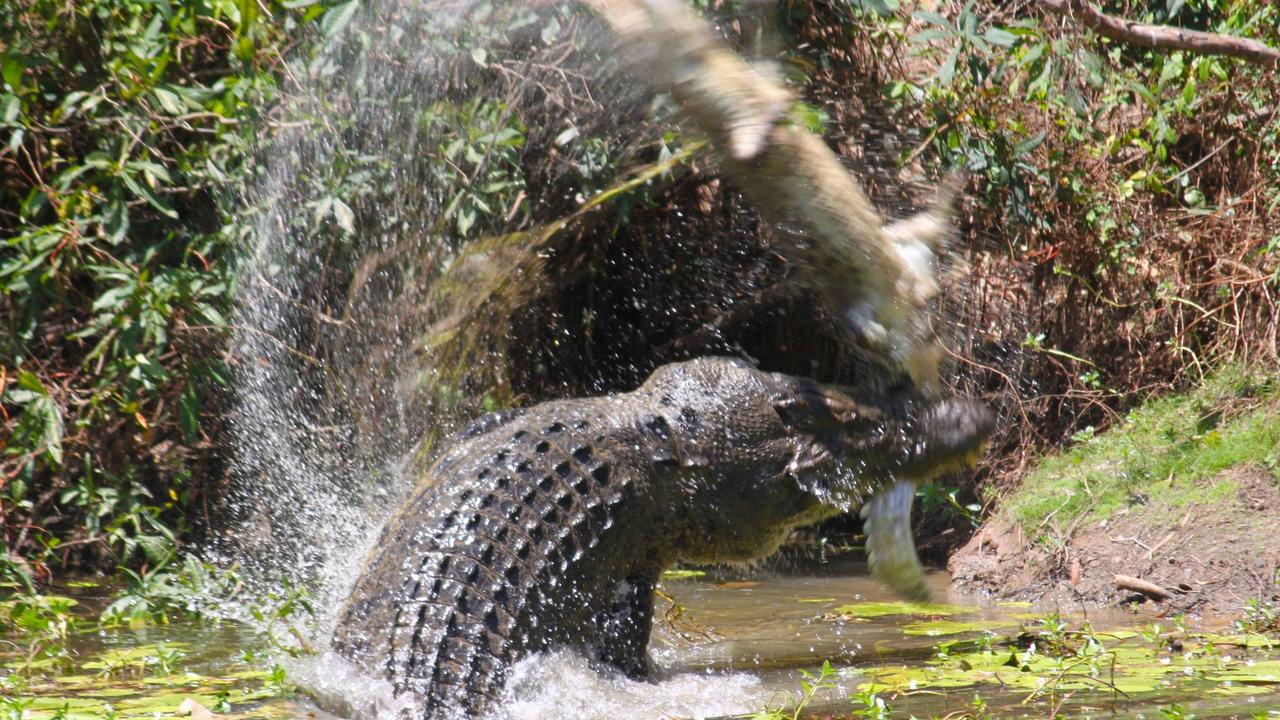
It’s understood the state government has engaged Richard Talmage of Shark Mitigation Systems in efforts to adapt shark deterrents for use in rivers and creeks to discourage the movement of crocs into popular swimming areas, funded under a $4.175m croc safety campaign.
In January the technology had progressed to the proof-of-concept phase.
More Coverage
Originally published as Opinions divided on how to tackle spike in fatal croc attacks









